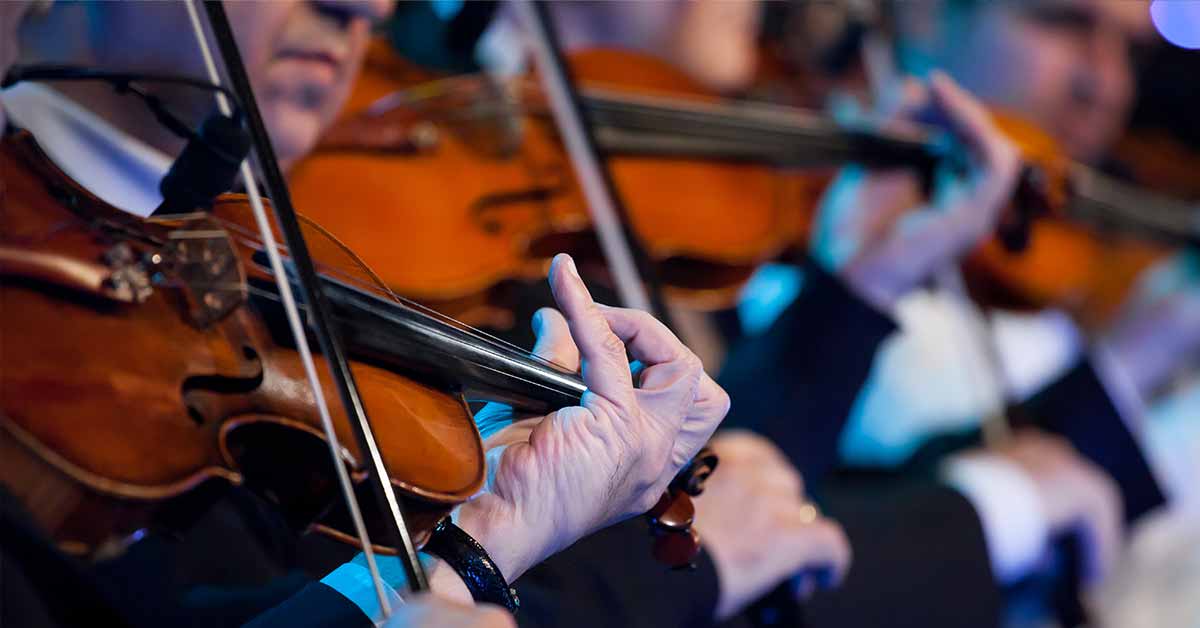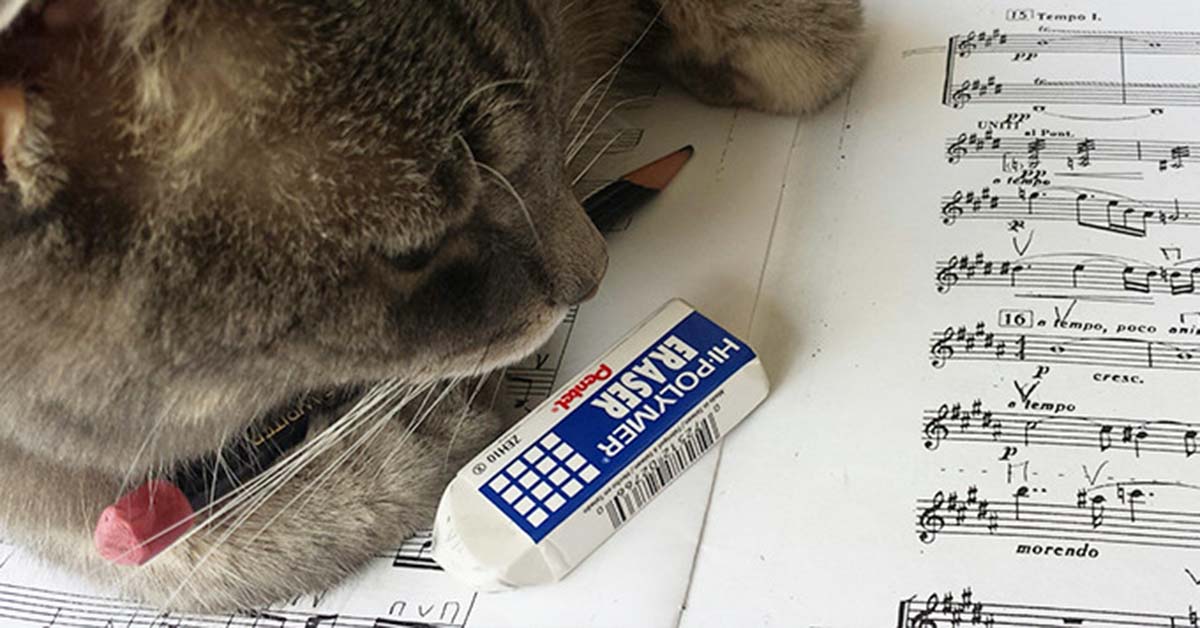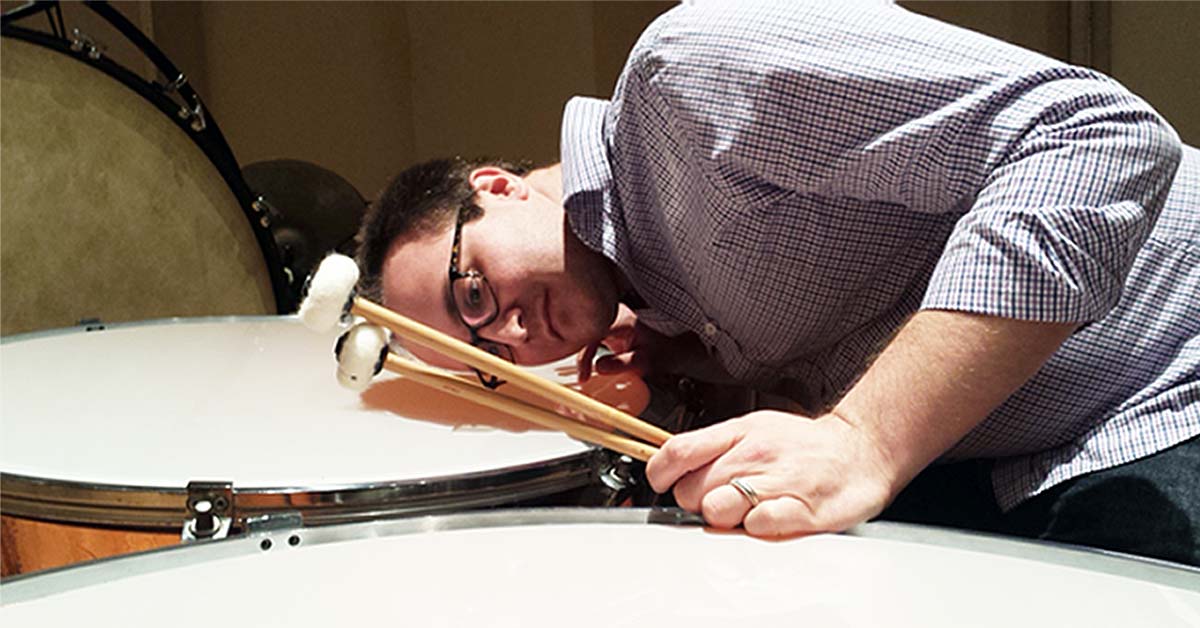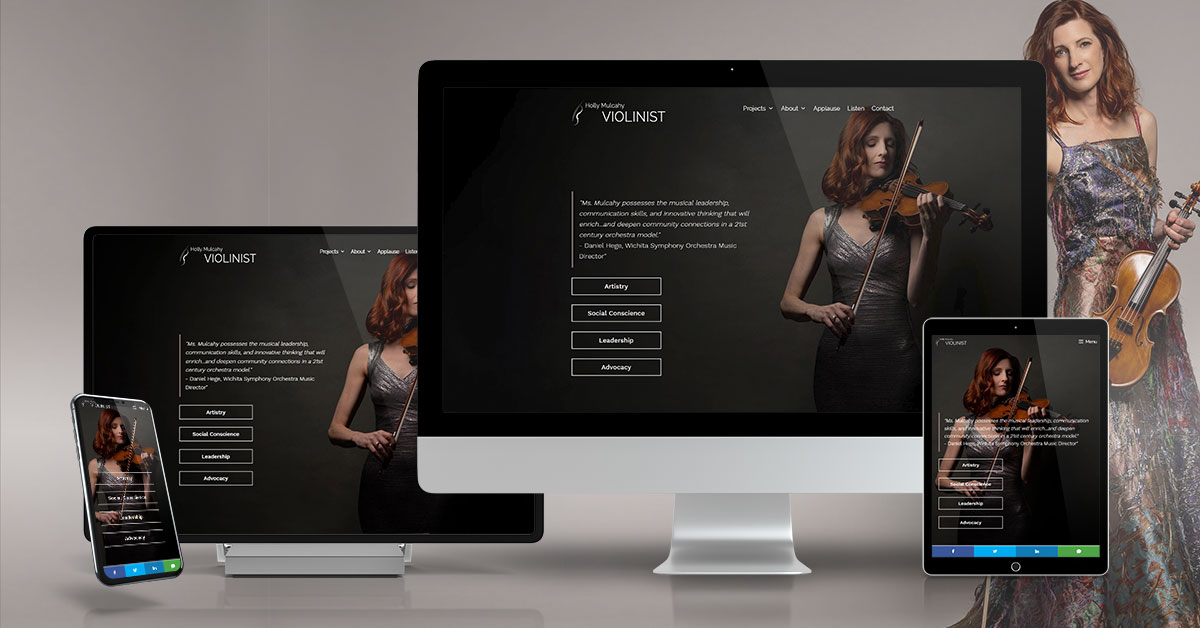It takes more than a pretty building to create a world class concert hall and the people responsible for how a concert hall sounds are acousticians, engineers that specialize in the scientific study of how sound in generated, transmitted, and received. For decades, this field has been dominated by a handful of great individuals but there are new generations of stars stepping into the limelight as more and more communities begin to realize just how important it is to have their performing arts buildings sound as good as they look.

In particular, the Norwalk, CT based firm of Akustiks has been earning world-wide accolades by successfully completing a number of high profile projects. One of the most recent new construction projects is the $120 million Schermerhorn Symphony Center in Nashville, TN. The Akustiks team, working with the Nashville Symphony and the building’s architect, David M. Schwarz, designed one of the most technologically advanced dedicated concert halls in the United States to serve as the orchestra’s new home.
During the gala opening events in September, 2006, I had an opportunity to sit down with three of the principals from Akustiks responsible for designing how Nashville’s new hall sounds, Russell Todd, Paul Scarbrough, and Christopher Blair.
[box style=”rounded” border=”full”]
[dropcap]1[/dropcap] Drew McManus: How does a firm like Akustiks start on a project like this?
Paul Scarbrough: Quite a bit depends on where an orchestra is coming from. In Andrew Jackson Hall at the Tennessee Performing Arts Center, the Nashville Symphony was used to really pushing hard to have any sense of their sound reaching the audience. Likewise, audience members would complain that the Symphony sounded distant and lacked the kind of impact that makes a live performance so compelling. It became clear that our task would be to create a much more responsive instrument for the orchestra, one that would allow musicians of the Nashville Symphony to focus much more on making music and much less on simply being heard; and one where the audience felt like participants in the concert experience not simply observers.
At one level, we had to throw away the idea of what the ensemble was used to hearing at Jackson Hall and help move the orchestra toward understanding what it would be like to perform in this new environment. I had many meetings with orchestra representatives, and even met with the entire orchestra, on several occasions to discuss what would be different in the new hall.
For example, during those discussions, the musicians expressed concern over the size of the new, smaller stage. In the old hall the larger stage size helped smooth out the relationship between say the trumpets and whoever sat in front of them but on the new stage, they would sit closer together. The result is some musicians were concerned about being “overblown” by louder instruments sitting behind them.
We had to allay these concerns by helping the musicians understand that the ceiling here is twice as high as the old hall and the feedback they get back from the hall is so very different from what they were used to. Because of these difference, they are no longer required to force their sound out in order to be heard and the perception of the sound level on stage is quite different. This is a great example of how part of our job is helping the client visualize how the new space will work.
Russell Todd: Regarding the stage size issue,we wanted to replace conjecture with concrete facts. As a result, the orchestra’s management built a full size mock-up of the new stage and used that during numerous rehearsals and even performances in the year before the building was completed.
This allowed the musicians to have a precise idea of what sitting on the new stage would feel like and help them adjust to the actual space even faster once it was completed.
Christopher Blair: One aspect which had to wait until the new space was completed was how things would sound.Since getting into the new hall, the players have had to get used to a new way of hearing themselves in an environment where the balance of early and late energy cues is so radically different than what they had to work with at TPAC. In that room the early/late energy ratio was higher, aiding rhythmic precision, but at the expense of the musicians’ ability to judge timbre, intonation, and balance. You simply can’t judge acoustical balance on the basis of near-field sound propagation. A calibrated return of late energy from the room back to the platform (avoiding a defined echo) is critical to support the players.
Paul Scarbrough: Exactly, learning to listen to the sound after it comes back instead of the near field energy is what the players are adjusting to in this space. As they continue to acclimate, they’ll take increased advantage of what the hall is offering them.
[/box]
[box style=”rounded” border=”full”]
[dropcap]2[/dropcap] Drew McManus: Since the hall has opened, have any of you ever taken time to sit down with individual sections from the orchestra on stage and work through some of the acoustical issues you are talking about?
Paul Scarbrough: We have to be very careful with that issue because we aren’t the orchestra’s artistic leaders. Orchestral balance issues are at least as much about how the orchestra plays and the direction from the podium as it is about the acoustics of the hall. We leave those issues with conductors and other artistic leaders although we certainly share our opinions when asked.
However, Chris is also a conductor and he did lead the ensemble during some of the tuning sessions over the summer.
Christopher Blair: That’s right, those sessions allowed us to work through certain points with specific sections. Having me serve as conductor in the first tuning sessions let me deliver input to the musicians from a familiar, and necessary, perspective that you simply can’t accomplish from sitting out in the hall. Listening from the podium, as well as sitting within sections of the orchestra, also informed our recommendations for improvement of early energy cross-stage listening conditions.
[/box]
[box style=”rounded” border=”full”]
[dropcap]3[/dropcap] Drew McManus: Do you take the time to learn about any issues from individual players when going through this process?
Paul Scarbrough: There’s no way avoid it, and that is a good thing. Musicians aren’t shy about sharing their opinions in a direct way and this kind of feedback from the players helps us to fine tune the hall. The reality is that playing in an orchestra is like any other high performance position and they are always expected to be on and at their best. They know what works and what doesn’t and what we learn from our discussions with musicians helps us to design better buildings.
Russell Todd: We even encourage this sort of feedback. During the tuning period, we asked conductors and players to go out into the hall to listen for the issues we were all talking about and pick up anything new. Ultimately that push-pull process allows us to fine tune the project and make it a success.
Paul Scarbrough: For me, one of the things the tuning process here has reinforced is the importance of getting the institution into the building months before it opens. I simply can’t stress that point strongly enough. It’s on the edge of pure folly to have a group walk in only a week or two before the gala and expecting things to go well.
Christopher Blair: [nodding his head vigorously in agreement] Just like it takes a player time to get used to a new instrument…this hall is a new instrument for everyone!
Paul Scarbrough: As such, the amount of time the Nashville Symphony budgeted for the tuning process demonstrates their commitment to launching this concert hall successfully. No matter how much the contractor or design team pushed to cut that three month tuning period, the Symphony held its ground. In the end, that time was a critical element that now is paying huge dividends in terms of what people will hear on opening night.
[/box]
Conclusions
Clearly, it seems that a close working relationship with the musicians who will be performing in the space is a critical component for success. Additionally, having ample time to adjust to a new space is a lesson the team from Akustiks will carry with them as they tackle future projects.
In the end, the Schermerhorn Symphony Center opened to mostly rave reviews. As with all new concert halls, the team from Akustiks will continue to work on refining the space so the organization can take full advantage of everything it has to offer. Although a comprehensive understanding of the science behind sound allows these specialists to create wonderful sounding spaces, it doesn’t supplant the need for the interpersonal interaction with the human element that will end up using the space.











1 thought on “An Interview With Paul Scarbrough, Russell Todd, and Christopher Blair From Akustiks”